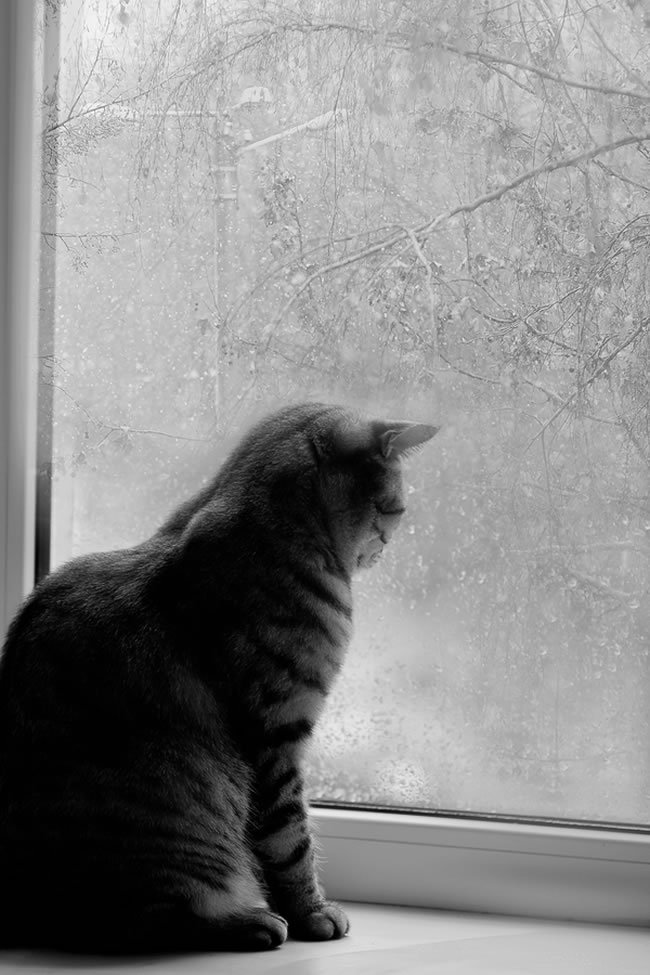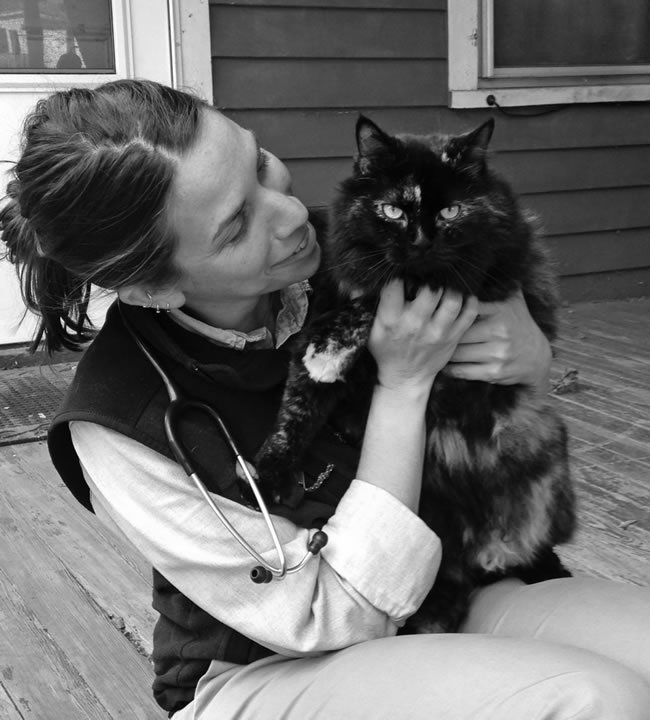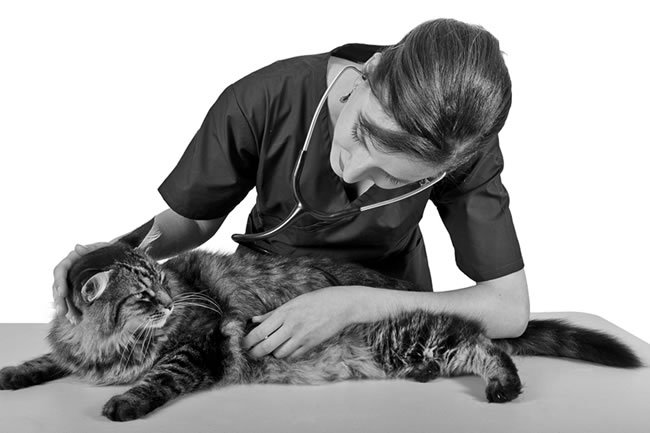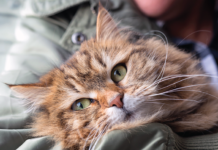Guidelines from the American Veterinary Medical Association understandably take an objective approach to euthanasia: When animals are plagued by disease that produces insurmountable suffering, it can be argued that continuing to live is worse for the animal than death … The humane disposition is to act for the sake of the animal or its interests, because … the animal will be relieved of an unbearable burden.
Many anguished owners, however, face a deeply emotional struggle. The ensuing confusion at decision time can cloud a crucial point: Its the disease that is claiming the pets life, bringing pain, limitations and more bad days than good. Euthanasia releases him from suffering.
Bigstock


Awful Burden. I find that people are not averse to the dying. They are averse to making the decision to end their animals life purposefully, says Katherine Goldberg, DVM, guest lecturer at Cornell University College of Veterinary Medicine. In fact, many people tell me that they wish they would find their animal dead, that it would be a relief and alleviate this awful burden of decision-making.
Dr. Goldberg founded and operates Whole Animal Veterinary Geriatrics & Hospice Services, a veterinary practice devoted to geriatrics and hospice care. She makes clear to owners that theyre not alone in deciding on euthanasia for their pets – the issue is universal. We are doing our very best, she says, to make to make sure that the dying experience is as peaceful and painless as possible.
Euthanasia comes from the Greek, eu, meaning good, and thanatos, meaning death. The expanded 2013 AVMA guidelines include advice on ethical decision-making and other matters beyond the actual procedure. One example: When an animals life no longer has positive value for it … the humane thing to do is to give it a good death.
Veterinarians perform euthanasia in a private room at their clinic or at a private home to minimize distress for the pet and owner. Methods vary, but veterinarians commonly administer a sedative and then a barbiturate. The animal experiences no awareness of the end of life – the process is akin to undergoing general anesthesia for a surgical procedure, the ASPCA says.


When a severely suffering cat has a debilitating terminal illness, a veterinarian may ask questions such as:
– Is he eating? Drinking?
– Crying a lot?
– Responding to you and his environment?
– Using a litter box or soiling where he sleeps?
– Panting or open-mouth breathing?
– Hiding or going to an unusual place?
Dr. Goldberg also asks:
– Are you concerned about your cats mobility?
– What is his comfort level?
– Has his grooming changed?
She asks owners to evaluate their cats quality of life on a scale of 1 to 10, with 10 being the best. I encourage each family member to do this independently. Its a good catalyst for conversation.
Many online numerical quality-of-life tools suggest that, if your cat scores a particular number, its time to euthanize. Theres not one list of questions that is going to answer this question for every person, Dr. Goldberg says. She finds that any single factor – such as lost mobility – isnt necessarily definitive.
Bigstock


Can you be comfortable but not mobile? Absolutely. Whether an animal is happy being immobile is another question.
To help gauge quality of life, she asks owners: What is your cats favorite thing to do? What makes him who he is? If its lounging on a sunny patch of grass, he likely still enjoys that. But if he loves to play but cant now, thats significant.
Seek a second opinion if you feel youre being encouraged to have your cat undergo additional treatments when you would rather pursue palliative (comfort) care until you feel euthanasia is warranted, Dr. Goldberg says.
Choice of Setting. When euthanasia does emerge as the right choice, she suggests closing your eyes and envisioning how you want to say goodbye. What does that look like and feel like to you? Maybe it entails quiet time with family at home. Perhaps youd like the procedure performed at a veterinary clinic.
My bias is that death and dying could and should occur where it is most meaningful for the family. If it is at home, that is an option. If thats in the veterinary clinic, fine, but we need to be having these conversations, Dr. Goldberg says.
You may decide to have other pets witness the euthanasia and view the body because, as one theory goes, it can prevent their searching for the missing animal. We are continuing to learn more and more about cognition and the emotional experiences of animals, and a great deal of their grieving behavior is still unknown, Dr. Goldberg says. However, we have profound examples of intra- and inter-species grief that certainly lead me to believe that offering other pets the opportunity to be present during euthanasia and/or visit the deceased body afterward can be beneficial.
I have had several experiences with grief among household pets that were powerful and inexplicable – cats gathering around their deceased feline housemate and not leaving for several hours, for example. Eventually, whatever process was happening between these cats came to completion and they all left the body and continued on. I have no idea what was occurring, but something very real was taking place. Quite honestly, I was honored to have witnessed it.
Dr. Goldberg performs euthanasia as part of her work and views it as honoring the relationship between people and animals at their most precious time. Dying is as natural as being born, she says. Death is not the enemy. None of us are escaping it.



